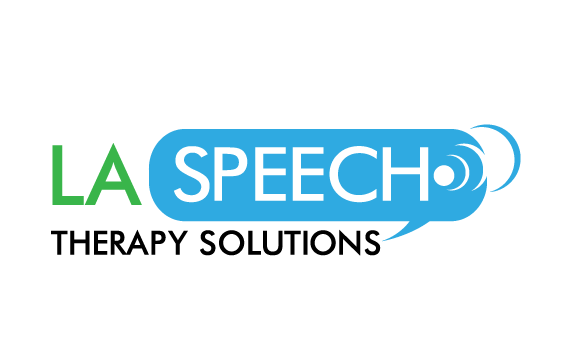
The Cycles Approach is a highly effective speech therapy technique designed to help children with significant speech sound disorders. Developed by Dr. Barbara Hodson, this approach focuses on improving the intelligibility of speech by targeting specific patterns of errors in a structured, cyclical manner. Unlike traditional methods that concentrate on one sound at a time, the Cycles Approach addresses multiple phonological processes, providing a comprehensive framework that can significantly accelerate speech development. In this blog post, we’ll explore the key aspects of the Cycles Approach, how it works, and why it’s a valuable tool in speech therapy.
1. Understanding the Cycles Approach
The Cycles Approach is based on the idea that children with speech sound disorders often struggle with phonological patterns rather than isolated sound errors. These patterns, known as phonological processes, involve consistent ways in which children simplify adult speech. For example, a child might consistently replace the “k” sound with a “t” sound (“cat” becomes “tat”). The Cycles Approach aims to address these patterns systematically, cycling through different phonological processes in a set sequence. By focusing on one process at a time and then revisiting it in subsequent cycles, children are given multiple opportunities to learn and solidify correct speech patterns.
2. The Structure of a Cycles Session
A typical Cycles Approach session is carefully structured to maximize effectiveness. Each session is broken down into several key components:
- Auditory Bombardment – The session begins with a brief period where the child listens to a list of words that contain the target sound pattern. This “auditory bombardment” helps the child become more attuned to the correct production of the sound.
- Production Practice – The child then engages in activities designed to practice the target sound pattern. These activities are often play-based to keep the child engaged and motivated.
- Stimulability Testing – At the end of the session, the therapist briefly tests the child’s ability to produce the target sound pattern to determine readiness for the next cycle.
- Home Program – The session concludes with a simple home practice activity that the child can do with their parents to reinforce the target sound pattern.
3. Why the Cycles Approach Is Effective
The Cycles Approach is particularly effective because it mirrors the natural way children learn speech sounds. By cycling through different phonological processes and revisiting them over time, the approach allows for gradual, sustained improvement. This method also acknowledges that speech sound development is a process and that children need multiple exposures to a sound pattern before it becomes fully integrated into their speech. The cyclical nature of the approach ensures that no phonological process is overlooked and that each one receives the attention it needs for mastery.
4. Tailoring the Approach to Individual Needs
One of the strengths of the Cycles Approach is its flexibility. Speech therapists can tailor the approach to the individual needs of each child, adjusting the length of each cycle, the number of target patterns, and the specific activities used in each session. This customization ensures that therapy is both effective and engaging for the child, addressing their unique challenges and supporting their progress in a way that feels achievable.
5. The Role of Parents and Caregivers
Parents and caregivers play a crucial role in the success of the Cycles Approach. The home program component of each session provides simple activities that parents can do with their child to reinforce the target sound pattern. These activities are designed to be fun and easy to integrate into daily routines, ensuring that practice continues outside of therapy sessions. The involvement of parents not only helps solidify the child’s progress but also empowers them to be active participants in their child’s speech development journey.
6. Expected Outcomes of the Cycles Approach
While each child’s progress will vary, the Cycles Approach has been shown to produce significant improvements in speech intelligibility. Over time, as the child cycles through different phonological processes, they begin to develop clearer, more accurate speech patterns. The approach is particularly effective for children with severe speech sound disorders, providing a structured yet flexible framework that leads to measurable improvements in a relatively short period.
7. The Importance of Early Intervention
Early intervention is key to the success of the Cycles Approach. The earlier a child begins therapy, the more quickly they can overcome phonological processes that interfere with their speech. Starting therapy early not only helps improve communication skills but also boosts the child’s confidence and ability to interact with others. Speech therapists using the Cycles Approach can work with parents to identify speech sound disorders early and create a customized plan that supports the child’s development from the very beginning.
Conclusion
The Cycles Approach is a powerful tool in speech therapy, offering a structured and effective way to address speech sound disorders in children. By targeting phonological processes in a cyclical manner, this approach helps children develop clearer, more intelligible speech over time. If your child is struggling with speech sound errors, our experienced team at LA Speech Therapy Solutions can help. We specialize in the Cycles Approach and are committed to providing personalized, compassionate care that supports your child’s unique needs. Contact us today to learn more about how we can help your child achieve clear, confident speech.





